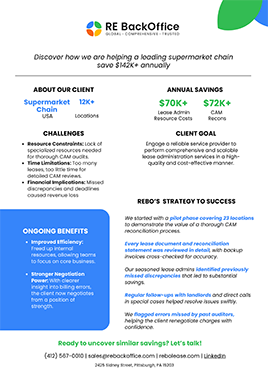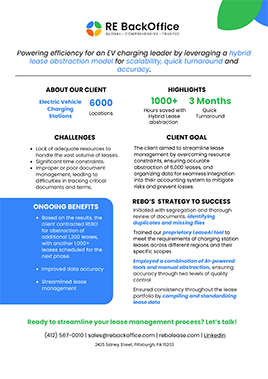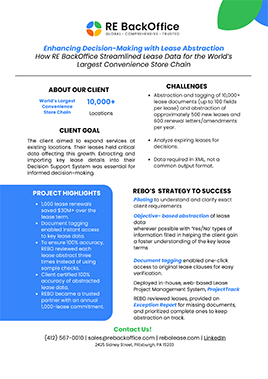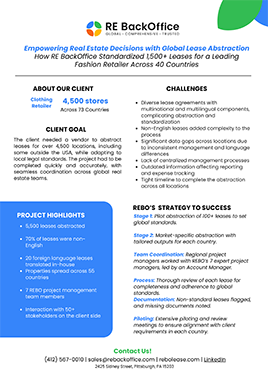
In commercial leasing agreements, provisions related to environmental compliance and hazardous materials play a crucial role in safeguarding both landlords and tenants. These clauses outline responsibilities, regulations, and procedures aimed at ensuring the safety of the premises and surrounding environment. Let's delve into the significance of these clauses and their implications for both parties involved.
Environmental Compliance:
The environmental clause in a lease mandates adherence to all relevant laws and regulations concerning environmental protection. This includes obtaining necessary permits or licenses for the tenant's operations and ensuring that all activities conducted on the premises comply with applicable environmental standards. For example, businesses must manage waste in accordance with stringent regulations to prevent environmental harm. Failure to comply with environmental laws can result in legal liabilities and financial penalties for the tenant.
Hazardous Material Restrictions:
Landlords typically impose restrictions on storing hazardous materials within leased premises due to safety concerns. Hazardous materials encompass substances deemed harmful or dangerous under governmental regulations, such as chemicals, explosives, or materials posing risks to occupants, including customers or children. Strict measures are necessary to prevent accidents, fires, or environmental contamination resulting from the mishandling or improper storage of such materials.
Tenant Responsibilities:
Tenants are responsible for ensuring compliance with environmental regulations and handling hazardous materials safely. This includes implementing proper storage, handling, and disposal procedures for hazardous substances used in their operations. In the event of incidents or legal disputes related to hazardous materials, tenants are held accountable and may be required to indemnify the landlord for any damages or cleanup costs incurred.
Landlord Protection:
To protect themselves from liability associated with hazardous materials introduced by tenants, landlords include indemnity clauses in lease agreements. These clauses stipulate that the tenant assumes full responsibility for any hazardous substances brought onto the premises and indemnifies the landlord against legal claims or cleanup expenses resulting from their use. By shifting liability to the tenant, landlords safeguard their interests and mitigate potential financial risks.
Case Example:
Consider a scenario where a tenant operates a photographic development business and uses various chemicals classified as hazardous materials. In this case, the landlord includes a hazardous materials clause in the lease agreement, requiring the tenant to adhere to all relevant laws and regulations regarding the storage and disposal of chemicals. The tenant is responsible for ensuring compliance and indemnifies the landlord against any legal liabilities arising from the use of hazardous materials on the premises.
In conclusion, environmental and hazardous material clauses are essential components of commercial lease agreements, serving to protect both landlords and tenants from potential risks and liabilities. By clearly defining responsibilities and obligations, these clauses facilitate safe and compliant operations while minimizing the likelihood of disputes or legal issues related to environmental compliance and hazardous materials management.


